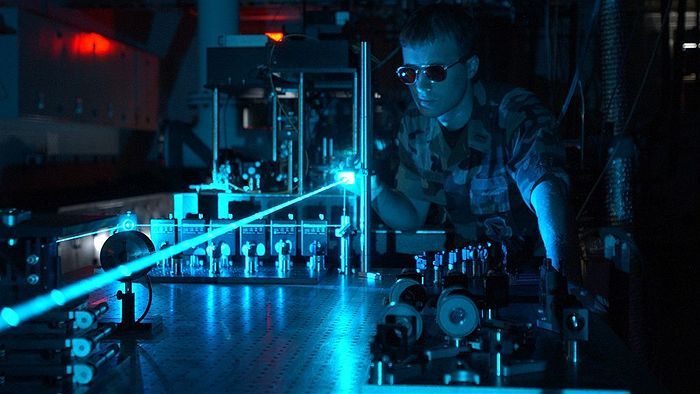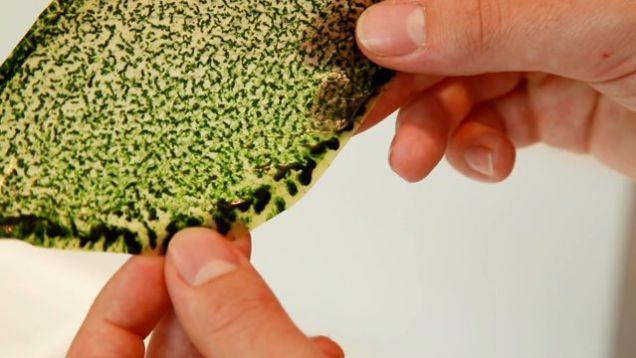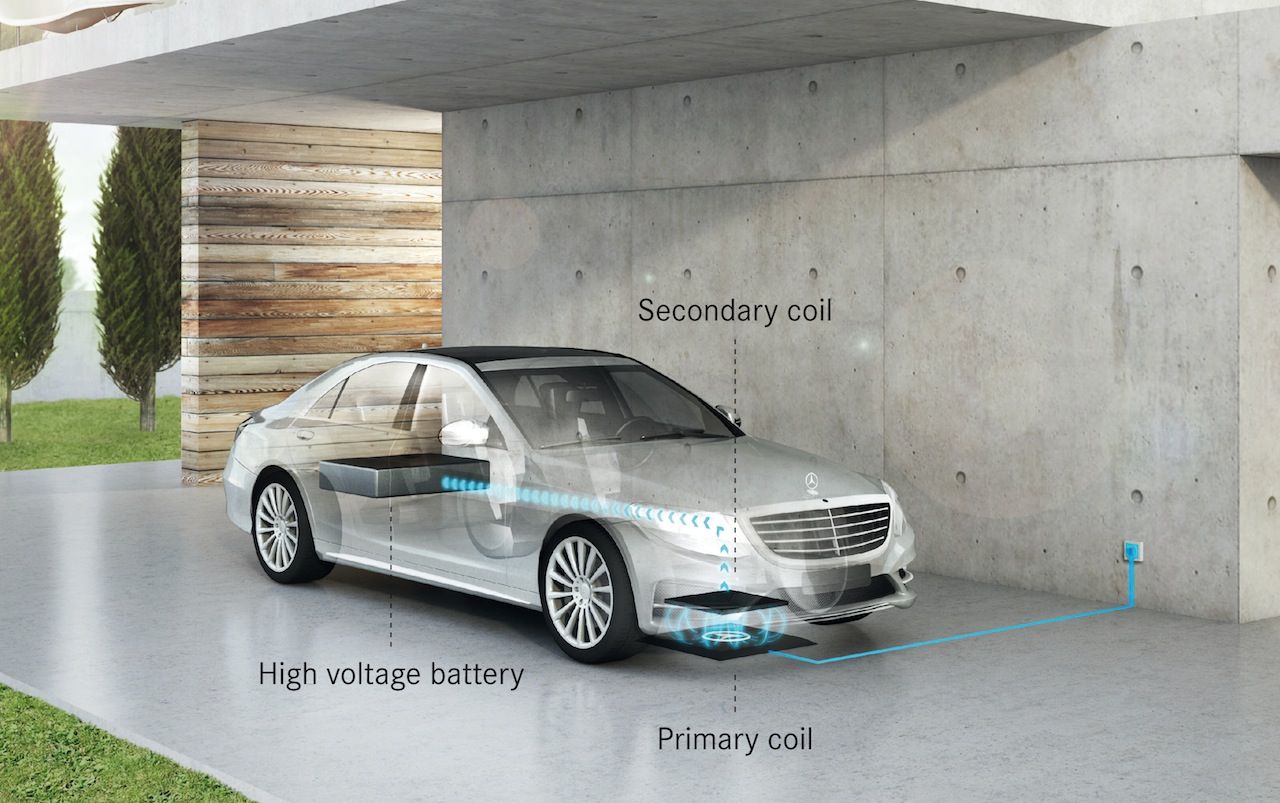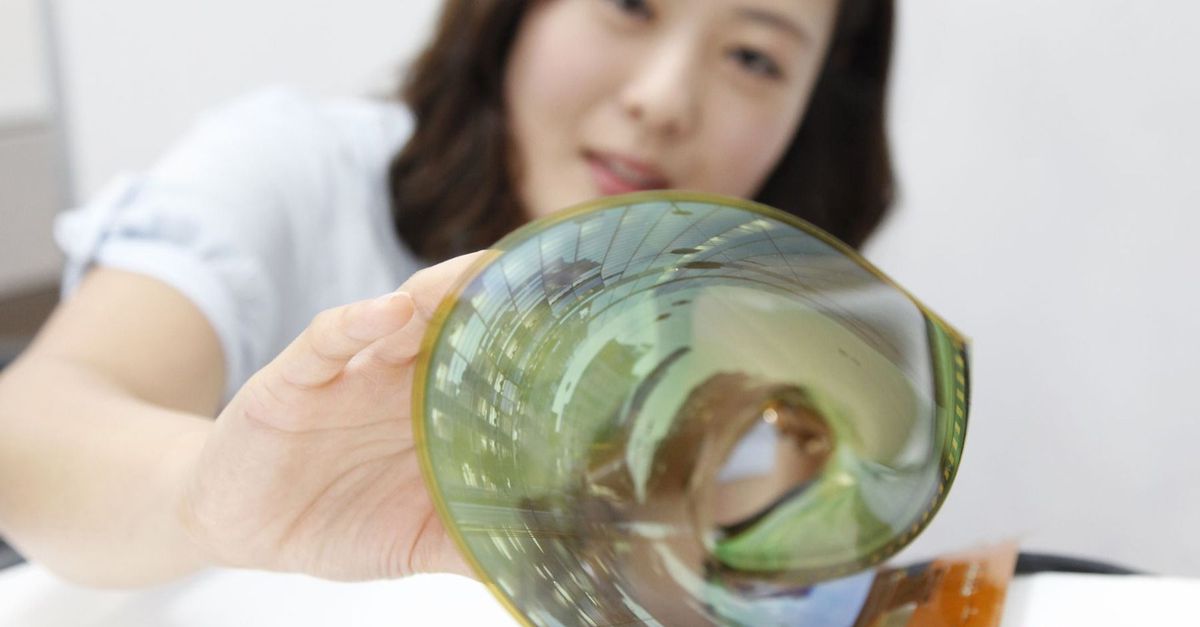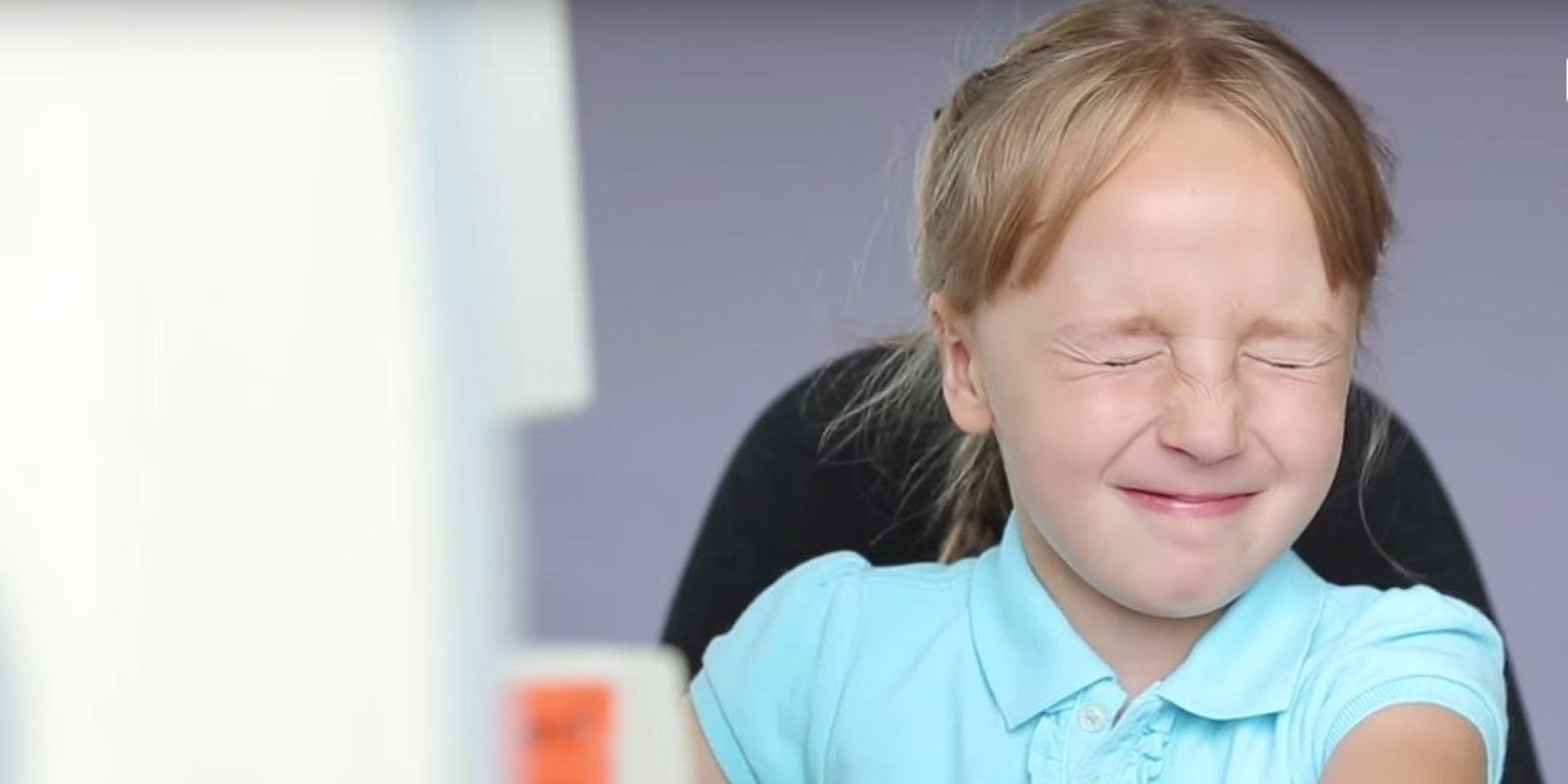Scientists have split light into a ring of multiple beams to form a pipe like an optical fibre. This allows them to transmit light through air without losing intensity. It could one day be used for long distance communication in space: http://ab.co/1xff8r2 via ABC Science.
Page 11606
Sep 21, 2015
Here’s why your phone and laptop batteries degrade so fast
Posted by Shailesh Prasad in categories: energy, mobile phones, transportation
Researchers in the US have identified the two main culprits in rechargeable battery degradation, which could lead to longer-lasting phone, laptop and electric car batteries.
Sep 21, 2015
The First Man-Made Biological Leaf Turns Light and Water Into Oxygen
Posted by Shailesh Prasad in categories: bioengineering, space travel
If humanity hopes to realize its dreams of exploring the stars, we’re going to need to find ways to recreate life on Earth aboard a spaceship. Simply stockpiling enough vital supplies isn’t going to cut it, which is what led Julian Melchiorri, a student at the Royal College of Art, to create an artificial biological leaf that produces oxygen just like the ones on our home planet do.
The problem with using natural foliage on our interstellar explorations is that plants may not flourish in zero gravity as much as we’d need them to. But since they’re a better way to produce oxygen than simply trying to carry countless tanks full of O2, Melchiorri wanted to engineer a better alternative that would easy survive the rigors of space travel.
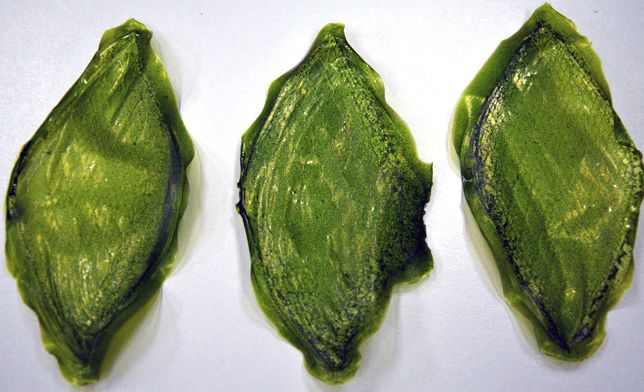
Sep 21, 2015
Google’s Larry Page envisions a world with less work
Posted by Shailesh Prasad in categories: economics, futurism
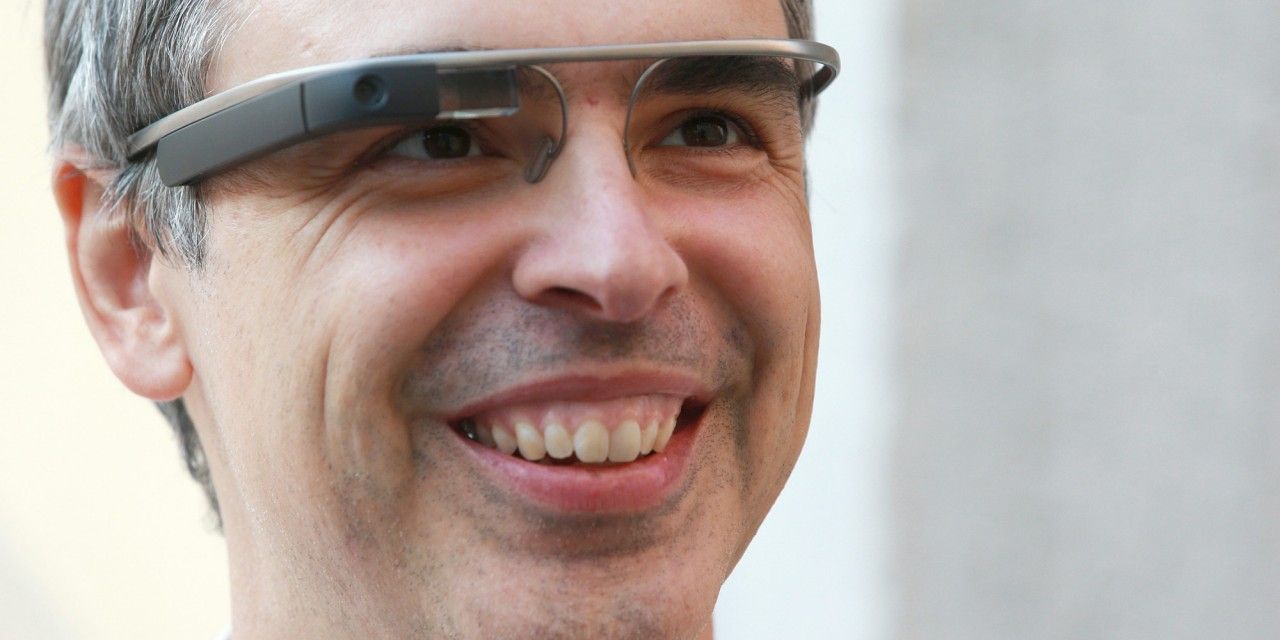
Do you dream of pursuing your passion, but find yourself hindered by a daily work schedule? That might not be a problem in the future, at least not in the future envisioned by Google’s Larry Page, where humans are required to work less while having their needs met.
In a Fireside chat with Vinod Khosla, both Google founders Larry Page and Sergey Brin talked a lot about Google and the world surrounding it, with the entire chat (featured in the video below) lasting a bit over 40 minutes. Among the different topics was discussion about our working future.
Sep 21, 2015
Control Google Glass with your mind… and a second headset
Posted by Shailesh Prasad in categories: electronics, neuroscience
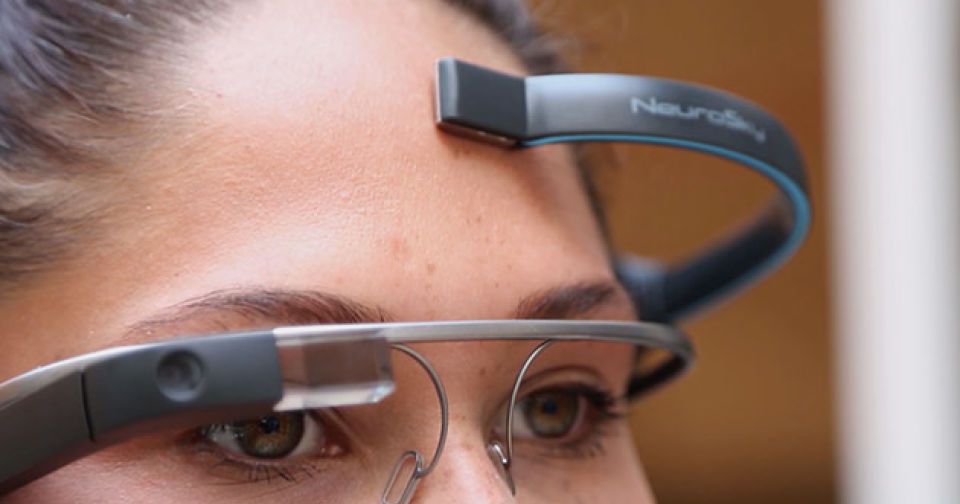
Up until now, you can only navigate Google Glass by touching or talking to it, but London-based firm This Place just made it possible to control the device using something else: your brainwaves. The company just released an open source application called MindRDR that gives you something akin to very, very limited telekinetic abilities — so long as you have both Google Glass and Neurosky’s EEG biosensor headset. See, MindRDR serves as the bridge that connects the two, translating the brain activity from the EEG biosensor into executable commands for the high-tech eyewear. At the moment, the software can only take pictures and upload them to either Facebook or Twitter, but This Place released the app for free on GitHub in hopes that other developers will use it for more advanced projects.
MindRDR shows up as a thin white line on Glass’s screen, which moves upwards the more the user concentrates. Once that line reaches the very top, it snaps a picture of whatever you want — you simply need to repeat the process to upload the image to a social network. In the future, though, its creators believe that the app could be a huge help to people who can’t move on their own. These include quadriplegics, those with multiple sclerosis, and especially those suffering from locked-in syndrome.
Sep 21, 2015
BMW and Mercedes team on wireless car charging
Posted by Shailesh Prasad in categories: energy, transportation
BMW and Mercedes-Benz are teaming up on wireless car charging, pushing a super-efficient way of refueling EVs like the BMW i8 and the Mercedes S500 Plug-In Hybrid simply by parking over a certain spot on your driveway. The system, which the two German marques hope to get accepted as the de-facto standard for wireless car recharging, promises a cut in charge times without the hassle of having to regularly plug in: BMW says the batteries in its i8 supercar, for instance, can be topped up in under two hours.
As with other such systems we’ve seen, Mercedes-Benz and BMW use a pair of coils to transmit power wirelessly. A primary coil is mounted in a floor plate, and connects with a secondary coil in the vehicle floor: an alternating magnetic field is created by the former and tracked by the latter.
However, the new system uses a circular coil which the two companies claim makes for a more productive magnetic field, with more than 90-percent efficiency. The charging rate is initially 3.6 kW, but could be ramped up to as much as 7 kW, in preparation for the next generation of higher-powered EV drivetrains car firms envisage.
Sep 21, 2015
World’s First Climate-Controlled City Planned for Dubai
Posted by Shailesh Prasad in category: futurism
Officials in Dubai announced that they are planning to build the first city with a thermostat: http://bit.ly/1qs7rLX
Sep 21, 2015
LG Builds a TV That You Can Roll Up Like a Poster
Posted by Shailesh Prasad in category: electronics
Pretty soon setting up a TV will be as easy as unrolling a poster, if LG has anything to say about it.
The Korean electronics manufacturer unveiled a new kind of big-screen display that is ultra-thin and rolls up, and it expects to put the tech into TVs by 2017.
Flexible displays have been around for years, but LG Display has taken the concept up a couple of notches with these two new 18-inch OLED panels, each with 1,200 × 800 resolution. Not only are they relatively large, but each can be rolled up tightly to a radius of just 1.2 inches without affecting the display at all.
Sep 21, 2015
Sand-based batteries could soon power your mobile phone
Posted by Shailesh Prasad in categories: energy, materials, mobile phones
Researchers at the University of California, Riverside in the US have developed lithium-ion batteries that substitute graphite with silicon extracted from sand and last three times longer than current products.
The negative side of lithium-ion batteries, or anode, is made with graphite, and scientists have been trying to find a substitute material that could make batteries last longer. One of the options is silicon, which can store up to 10 times more energy than current materials, but it’s expensive and hard to produce in large quantities.
But then a very simple but brilliant option revealed itself to graduate student Zachary Favors. As Gizmag reports, Favors was relaxing after surfing when he noticed something quite special: sand. Sand is made of quartz, or silicon dioxide, and other materials, so Favors thought he could extract the silicon and use it to make batteries.
Sep 20, 2015
What Happens When Kids Try Dial-Up Internet For The First Time
Posted by Shailesh Prasad in category: internet
Remember dial-up internet and your mum bollocking you to get off so she could use the phone? These kids don’t… Until now, the struggle of all that beeping and churning during the five minutes it it took to connect has been lost on them.
